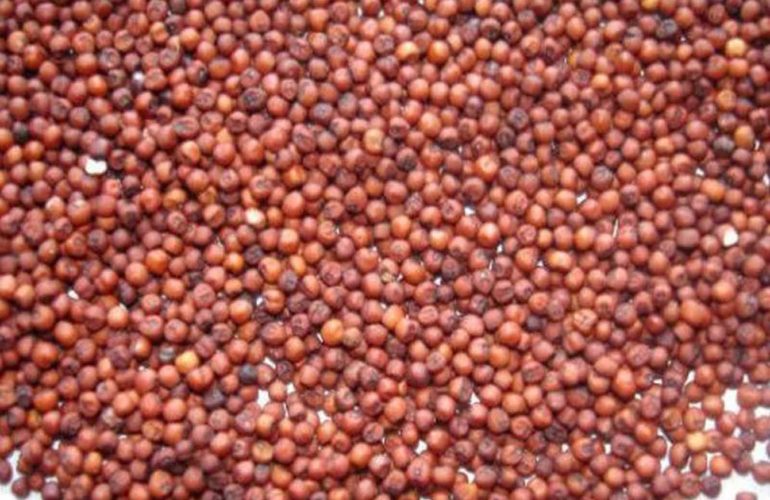Popularly known as finger millet or nachni in North India, Ragi canbe placed at the pinnacle of food grains. Ragi is one super grain that has made a sort of come back. Ragi is gluten free and is a rich source of minerals. Owing to the apperance of the head of grain comprising of spikes, resembling the fingers on the hand is the reason for ragi being referred to as finger millet. It is known by a variety of names across the country.
Nutrition value per 100 grams
- Calories : 376
- Total Fat : 1.9 grams
- Crabs : 80 grams
- Protein : 10 grams
- Calcium : 344 mg
- Apart from this, ragi contains B complex vitamins, magnesium, iron, phosphorus, folate and potassium in abundance
Ayurvedic properties
- Light in quality
- Slightly bitter in taste
- Has a cooling effect
- If having in excess, you can cook it in ghee, milk and spices to make it more beneficial
Other properties of ragi
- It is loaded with calcium
- One of the best non diary sources of calcium
- Helps controlling diabetes
- Has a low glycemic index
- Keeps blood sugar within the safe range
- Reverts skin ageing
- Ragi is loaded with vital amino acids which makes the skin tissue less prone to wrinkles and sagging
- Ragi is known to battle anemia
- Is an excellent source of iron
- It relaxes the body and thus boosts the nervous system functions
- Helps in dealing with conditions of anxiety, depression and insomnia
- Ragi consumption is very useful for migraines
- Ragi is very good for toddlers and pregnant / breast feeding mothers
Ragi and weight loss
- Ragi has high amount of dietary fiber
- This allows the stomach to stay full for longer and prevent unwanted cravings
- This in turn leads to minimised appetite and weight loss
- Simultaneously it boosts immunity in the body with good quantities of vitamins C and E
Other benefits of ragi
- Reduces oxidative stress and inflammaion
- Helps cure liver disorder
- Helps cure heart weekness
- Ragi contains prebiotics which are very good for the healthy bacteria inside the stomach
Best ways to consume ragi
- Best way to eat is by sprotuing or fermentation
- Once ragi is allowed to sprout, vitamin C levels tend to increase and lead to easy absorption of iron in the blood stream
- While fermenting ragi, make sure you fermet it for 16-24 hours
- Fermenting ragi may even incrase it’s nutritional value even further
- Fermentation reduces startch content and increases the amino acid concentration in ragi
Consumption
- If consumed in excess, the quantity of oxalic acid in the body might increase
- Patients having kidney stones in the body are advised to not have ragi

how much ragi in gram should we consume per day